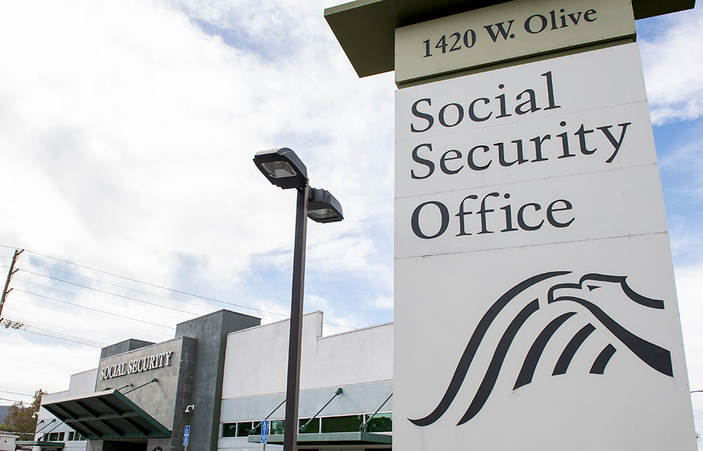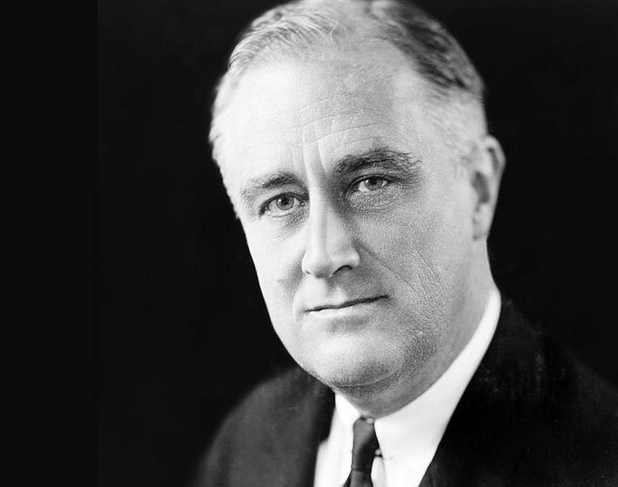What are the Social Security Benefits After Turning 18?

What Is the Social Security Administration?
The Social Security Administration (SSA) is an independent government agency that administers social security. It is an insurance program that consists of retirement, disability and survivor benefits. In order to qualify for these benefits most workers pay into the system through social security taxes.
The head offices of the social security agency are located in Woodlawn, Maryland and are referred to as the Central Office. There are tens of thousands of workers employed by the social security agency and it is the largest government program in the United States.
It is estimated that by the end of the 2022 fiscal year the agency will have paid out $1.2 trillion in benefits to 66 million citizens and legal residents of the United States. An additional $61 billion is expected in SSI benefits and $7.5 million to low-income individuals.
This government agency is a vital part of the country's economy and without it millions of already struggling Americans would have nothing. It is a program that many have paid into for decades in preparation for retirement and as an insurance policy against sudden disability.
History of the Social Security Agency
On August 14th 1935, President Franklin D. Roosevelt signed the Social Security Act into law as part of his New Deal initiative. This led to the creation of the Social Security Board (SSB), a presidentially appointed group of three executives tasked with overseeing the social security program.
With zero budget, staff or even furniture the SSB finally obtained funding from the Federal Emergency Relief Administration. It was on October 14th 1936 that the first social security office opened its doors in Austin, Texas.
In January of 1937 social security taxes were first collected. Just a few years later the first social security check was issued to Ida Mary Fuller of Battleboro, Vermont. Ida’s check was dated January 31st 1940 and she received $22.54.

The SSB in 1939 merged with the U.S. Public Health Service, the Civilian Conservation Corp and other government agencies to become the Federal Security Agency. In 1846 under President Harry S. Truman the SSB was named the Social Security Administration SSA.
In 1953 the Federal Security Agency was dismantled and the SSA was placed under the banner of the Department of Health, Education and Welfare. Finally in 1994 President Bill Clinton made the Social Security Administration an independent body once again.
What Is Supplemental Security Income (SSI)?
The Supplemental Security Income program provides cash payments to disabled adults, disabled children and seniors over 65 years old. It is a means-tested program meaning that eligibility is dependent on the applicant's income.
This program is open to citizens or nationals of the United States and unlike SSDI you do not need to have a history of paying Social Security taxes. This is because individuals who apply may never have worked due to their disabilities or some other reason.
This was a system that was created to replace federal-state adult assistance programs. These programs served the same purpose but were state specific. As these original state programs were inconsistent in their eligibility requirements they received a great deal of criticism.
History of the SSI
Until 1972 each state had their own versions of Aid for the Blind, Aid to the Permanently Disabled and Aid to the Elderly programs. They tended to be separate programs and their eligibility requirements would vary state to state.
These federally funded programs were created as part of the 1935 Social Security Act signed into law by Franklin D. Roosevelt. It was during the Richard Nixon administration that it was decided these individual state programs should be federalized.

On October 30th 1972 Nixon signed an amendment to the Social Security system creating this new federal branch of the Social Security Administration (SSA), the Supplemental Security Income program. Its creation was intended to eliminate the differences between each state's stand alone programs.
It took some time to change the new system but finally in January 1974 the SSI program launched under the leadership of the SSA. As the SSA had already been administering disability and retirement programs for decades they were the obvious choice.
Maximum benefits through the Supplemental Security Income program in 2020 gave individuals $783 a month. This was already below the $1,084 per month federal poverty limit. It was also equal to the amount being made by retirees in the Social Security pension program.
Each year congress decides on any increases to the program based on cost of living adjustments. As it has always matched the same levels of Social Security pensions SSI will always pay out the same amounts and receive the same increases.
With the monthly payment perpetually set to be below the federal poverty limit those reliant on the program are officially living in poverty. Payments are also adjusted to reflect any income you do have so the monthly payment may be lower for certain individuals.
Who Is Eligible for Supplemental Security Income?
The eligibility requirements are less stringent than Social Security Disability Insurance so they tend to be easier to meet for those who legitimately need the assistance. There are, however, a few important requirements.
- Must be 65+, blind or disabled
- Must be a legal resident of the fifty states, District of Columbia or Northern Mariana Islands
- Children of military parents assigned overseas and certain students living abroad may also qualify
- Household income must be below the federal poverty limit

In order to qualify based on age documentation must be supplied to prove the individual is over 65 years old. Applying on grounds of disability the individual must supply proof that they qualify based on the Social Security Administration definition.
Disability decisions are made by state specific Disability Determination Services (DDS). They are contracted by the federal government so they must follow the federally determined guidelines to confirm the level of disability.
Some cases may be denied at this initial stage but they can be appealed in the courts. Generally speaking the SSI is more flexible and less likely to deny applications than the SSDI. The SSDI frequently denies the initial application and that process can take up to two years and likely require a disability lawyer.
A disabled individual who qualifies for SSDI based on a limited work history prior to the disability may also receive SSI if their income is still below the federal poverty limit.
Survivors Benefits
Some people work hard throughout their life paying into social security but through unfortunate circumstances do not survive to collect on their benefits. If however these people have dependents such as a spouse without their own social security history or minor children they are eligible for what is known as survivor benefits.

This money comes from the social security taxes that an individual has paid throughout their lives and if they can not claim it themselves then any dependents who are eligible can benefit in their lost loved ones stead.
Who Receives Survivors Benefits?
As a family member to a deceased individual certain individuals may be eligible for monthly paid survivors benefits. These people would be:
- A surviving spouse over 60 (over 50 if they have a disability)
- A surviving divorced spouse
- A surviving spouse of any age if caring for the minor child of the deceased
- Unmarried child of deceased who is either under 18 or has a disability that began before age 22
- Under certain circumstances stepchildren, grandchildren or adopted children may be included
- Senior parents of the deceased who were dependent upon them may receive benefits.
What Are Social Security Benefits After Turning 18?
We have now taken a look at the benefits that minors might receive which means we have come to the question of what happens after they turn 18. This would be a time that adults would be contributing into social security themselves for the future but this may not always be possible.
A minor child for example who was eligible for SSI payments through disability may still be in need of these benefits. They will however have to be reevaluated to ensure that the disability from which they suffer precludes them from performing work. This happens when the child turns 18 and will determine if the benefits will continue beyond childhood.
In terms of survivor benefits the minor may be perfectly able to gain employment and start their own social security journey when they turn 18. Generally the survivor benefits will cease at 18 unless the individual is still in the education system in which case it can be extended until the age of 19.
If the child receiving survivor benefits however is disabled and can not take care of themselves through working it may also be extended.
Final Thoughts
When we reach 18 years old or for some people even younger we generally start paying into social security from our paychecks. After a certain amount of time we become eligible for services such as temporary disability, permanent disability in the event of an accident and after several decades retirement benefits.
Those already receiving benefits as either a surviving dependent of a deceased individual or due to disability 18 is a turning point in the process. There may be a need for reevaluation of a disability or the need to apply for a benefits extension for the purposes of higher education.
Reference SSA Locator
If you use any of the forms, definitions, or data shown on SSA Locator, please make sure to link or reference us using the tool below. Thanks!
-
<a href="https://ssalocator.com/blog/what-are-the-social-security-benefits-after-turning-18/">What are the Social Security Benefits After Turning 18?</a>
-
"What are the Social Security Benefits After Turning 18?". SSA Locator. Accessed on July 2, 2025. https://ssalocator.com/blog/what-are-the-social-security-benefits-after-turning-18/.
-
"What are the Social Security Benefits After Turning 18?". SSA Locator, https://ssalocator.com/blog/what-are-the-social-security-benefits-after-turning-18/. Accessed 2 July, 2025
-
What are the Social Security Benefits After Turning 18?. SSA Locator. Retrieved from https://ssalocator.com/blog/what-are-the-social-security-benefits-after-turning-18/.